Most of the wearables on the market today are an experiment in artificial stupidity. Rather than solve problems, they create them. Using a wearable today is like using a screwdriver to cut roast beef.
A good design introduces enough unfamiliarity to be interesting, but not so much as to be annoying. ~ John Maeda (@johnmaeda)
Don’t get me wrong. Today’s wearables should not be tossed aside lightly. They should instead be thrown with great force. ((With apologies to the great Dorothy Parker)) In fact, that reminds me of a riddle:
QUESTION: If you throw the Samsung Galaxy Gear off the Eiffel Tower and you throw the Moto 360 off the tower of Pisa, which one would hit the ground first?
ANSWER: Who cares?

CAPTION: Today’s Wearable Marketplace
How do I know Android wearables are a terrible idea? China doesn’t even steal them and make knockoffs. ~ The grugq (@thegrugq) 7/10/14
What’s Missing?
Most companies are full of processes designed to solve problems from a long time ago. ~ John Maeda (@johnmaeda)
Today’s smartwatches are going nowhere because they’re using tomorrow’s technology to provide yesterday’s solutions to problems that no one has today. But what about tomorrows’ wearables? Apple is rumored to be bringing out a line of their own wearables this Fall and Apple is well-known for their design prowess.
Will Apple use design to differentiate their product?
“I think a lot of people see design primarily as a means to differentiate their product competitively,” Ive said. “I really detest that.”
Hmm. Maybe not.
Perhaps Apple’s wearables will be better because they will have better technology.
We don’t buy things because they have better technology; we buy them because they’re better designed. ~ johnmaeda (@johnmaeda)
Hmm. Maybe not that either.
Or perhaps Apple’s wearables will be better by design.
Design is so critical it should be on the agenda of every meeting in every single department. ~ Tom Peters
I love it when you can bring really great design and simple capability to something that doesn’t cost much. It was the original vision for Apple. That’s what we tried to do with the first Mac. That’s what we did with the iPod. ~ Steve Jobs
Ah, design. That’s what’s missing in today’s wearables and that’s where Apple shines.
We’re the only company that owns the whole widget — the hardware, the software, and the operating system. We can take full responsibility for the user experience. We can do things that the other guy can’t do. ~ Steve Jobs
Dieter Rams’s Design Principles
Steve Jobs and Jony Ive were admirers of Dieter Rams, a famous designer for Braun, who had a number of mottos and aphorisms about design. Let’s look at seven of his design principles and see how they apply to current and potential wearable devices.
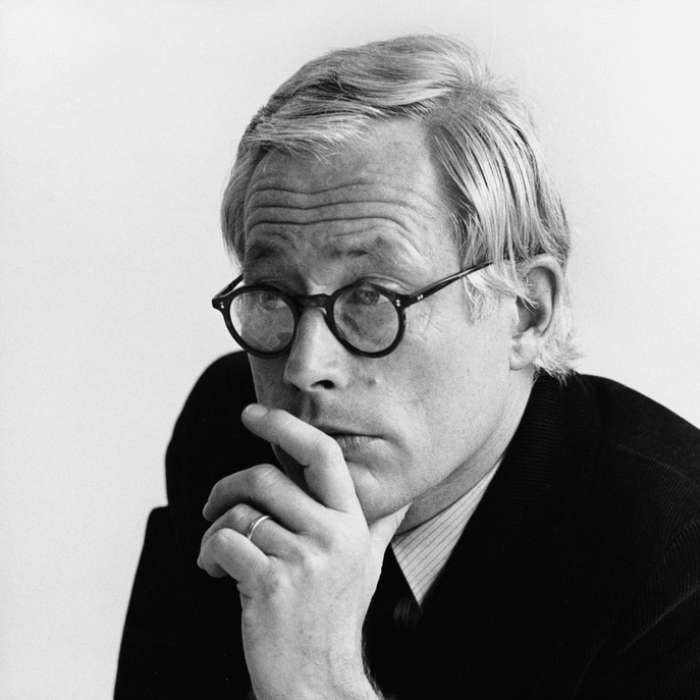
1) GOOD DESIGN MAKES A PRODUCT USEFUL
A product is bought to be used. It has to satisfy certain criteria, not only functional, but also psychological and aesthetic. Good design emphasizes the usefulness of a product whilst disregarding anything that could possibly detract from it. ~ Dieter Rams
Today’s wearables are not very useful. In fact, they’re more work than they’re worth. Surveys show most of today’s wearables end up in a drawer after about three months of use.
If notifications are to be useful on your wrist then they can’t just be a mirror of the ones on your phone. ~ Ben Bajarin (@BenBajarin)
At best, today’s wearables duplicate the functionality of a smartphone on a form factor not well suited for performing smartphone functions. Now what does that remind me of? Oh yeah, trying to cram a desktop operating system into a tablet form factor. How’d that work out?

CAPTION: The first public prototype of a Tablet PC (2001). It ran the Windows XP Tablet PC Edition ((You’ve gotta love Microsoft’s naming conventions.)) operating system ((Bill Gates of Microsoft showed the first public prototype of a Tablet PC (defined by Microsoft as a pen-computer allows hardware in accordance with the specifications made by Microsoft and running a licensed copy of the operating system “Windows XP Tablet PC Edition”) at COMDEX.))
Good design isn’t about being pretty, it’s about solving a tangible problem. Today’s wearables are answers searching for a question. If wearables are to have any tomorrows, it will be because they provide a startlingly good answer to the unidentified, undefined, unmet needs of today.
If we want to forecast what Apple is going to introduce in wearables, we need to stop thinking about what is on the market today. In 2007, what we wanted was an iPod and a phone. What we got was an iPod and a phone and an internet communicator and (a year later) an app store. What we got was a computer in our pocket. The iPhone didn’t give us what we wanted, it gave us what we needed. The same will be true of wearables.
2) GOOD DESIGN MAKES A PRODUCT UNDERSTANDABLE
It clarifies the product’s structure. Better still, it can make the product talk. At best, it is self-explanatory. ~ Dieter Rams
Below is the remote control that came with the Sony Google TV.

— Not understandable.
— Not self-explanatory.
— Not good design.
A well designed product doesn’t merely do your work, it also works the way you do.
There was a debate [on the Lisa] team about the mouse. Was it going to have a mouse, and how many buttons should it have? Steve and I wanted one button, because if there’s one button, you never have to think about it. One of the former Xerox guys argued for six buttons. He said, “Look, bartenders have six buttons on those drink dispensers, and they can handle it.” But that was a failure to understand what Steve was trying to do with user experience. ~ Trip Hawkins, excerpt From: Max Chafkin. “Design Crazy.”
If you’re designing a product and your customer has to think about how to use it, then you’re not done designing.
Design makes what is complex feel simpler, and makes what is simpler feel richer. ~ johnmaeda (@johnmaeda)
If we want to forecast what Apple is going to introduce in wearables, we need to stop thinking smartphone interface on a watch form factor. Think monitor on a computer (Apple II), a mouse on your desk and GUI interface on your screen (Macintosh), a shuttle wheel in your hand (iPod), and a touch interface on glass (iPhone and iPad). If wearables deserve to be a separate category, then they deserve a form of input uniquely suited to their size and form factor.
3) GOOD DESIGN IS UNOBTRUSIVE
Products fulfilling a purpose are like tools. They are neither decorative objects nor works of art. Their design should therefore be both neutral and restrained, to leave room for the user’s self-expression. ~ Dieter Rams
Good design gets design out of the way. If it’s done right, it seems inevitable. The best designs feel almost as if they were undesigned because they’re just the way you would expect them to be.
The word that comes up over and over again when describing good design is “disappears”. Here are some quotes, to illustrate:
The advance of technology is based on making it fit in so that you don’t really even notice it, so it’s part of everyday life. ~ Bill Gates
I like things that do the job and kind of disappear into my life. ~ Steve Jobs
If it disappears, we know we’ve done it. ~ Craig Federighi
Technology is at its best and its most empowering when it simply disappears ~ Jony Ive
Herein lies another clue for us all. If we want to forecast what Apple is going to introduce in wearables, we need to stop thinking in terms of what the device can do and start thinking in terms of what the device will allow us to do. A well designed wearable will not make us do more. Instead, it will allow us to accomplish more while we do less. It will not impose its way of doing things upon us. Rather, it will allow us to impose our way of doing, upon those things, that we need done.
4) GOOD DESIGN IS HONEST
It does not make a product more innovative, powerful or valuable than it really is. It does not attempt to manipulate the consumer with promises that cannot be kept. ~ Dieter Rams
Here is Steve Jobs, describing the iMac in 2002:
(Why not) let each element be true to itself? If the screen is flat, let it be flat. If the computer wants to be horizontal, let it be horizontal.
Now compare that sentiment to the Samsung Galaxy Note 3, in one-handed operation mode. Ironically, in the image below, the one-handed mode is being demoed with the use of two hands.
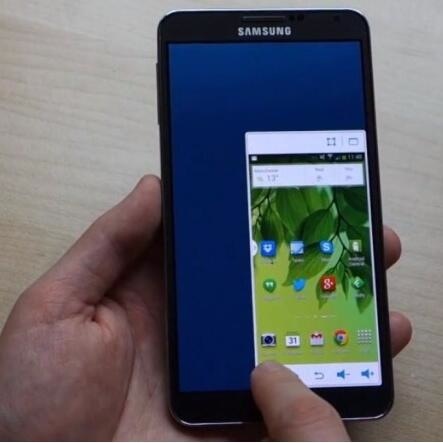
— Not honest.
— Not true to itself.
— Not good design.

Abraham Maslow said: “A musician must make music, an artist must paint, a poet must write, if he is to be ultimately at peace with himself. What a man can be, he must be.” The same is true of devices. Good design doesn’t make a device better than it is. It doesn’t even make a device better. Good design fulfills a device’s destiny. It makes it what is and what it was always meant to be.
If we want to forecast what Apple is going to introduce in wearables, we need to think about allowing a wearable to be true to itself. A wearable will be small. A wearable may be in contact with our body. A wearable will be persistent. A wearable will be proximate. Does a monitor — which is large and battery draining — work within the constraints of small and persistent? I doubt it.
We need to stop thinking “watch” and start thinking sensors (which are small and in contact with our body) ID (which is persistent) information, payments and security (which is proximate). In fact, we need to stop thinking about what a wearable can DO and start thinking about the WHERE of wearables. Wearables may not need to DO anything at all. They may just need to be in the same place and space that we are. That may be their true calling. And that may be more than enough to make them invaluable.
5) GOOD DESIGN IS LONG-LASTING
It avoids being fashionable and therefore never appears antiquated. Unlike fashionable design, it lasts many years – even in today’s throwaway society. ~ Dieter Rams
There has been much talk in the tech press of Apple becoming more of a fashion shop.
Might Apple have a future as a fashion conglomerate? – CNET
Apple Has Gone Full-Fashion With Its Newest Executive Hire – Refinery29
Apple Looks to Fashion as it Preps for iWatch – Esquire
I think this talk is misguided.
The following epitomizes fashion:
Fashion is something that goes in one year and out the other. ~ Denise Klahn
Fashion is a form of ugliness so intolerable that we have to alter it every six months. ~ Oscar Wilde
Fashion is made to become unfashionable. ~ Coco Chanel
Apple is a Design Shop. Design is about style. Design is about aesthetics. Design is about long lasting.
Fashions change, but style is forever. ~ Anonymous
Fashion changes, style remains. ~ Gabrielle “Coco” Chanel
Good design doesn’t date. ~ Harry Seidler
Design IS beautiful, not because it tries to be, but because it MUST be:
When I am working on a problem, I never think about beauty … but when I have finished, if the solution is not beautiful, I know it is wrong. ~ R. Buckminster Fuller

CAPTION: If it looks well, it flies well — aesthetics and performance relate.
I think this may provide us with the biggest clue as to what Apple is NOT going to do in wearables. If we want to forecast what Apple is going to introduce in wearables, we need to stop thinking “watch” and we need to stop thinking “fashion.” Apple will not create a device that is decorative and a slave to fashion. Fashion changes far too quickly. Apple will seek, instead, to make something that is long lasting and enduring. That most probably means an Apple wearable will be restrained, unobtrusive, barely noticeable, virtually invisible.
6) GOOD DESIGN IS AS LITTLE DESIGN AS POSSIBLE
Less, but better – because it concentrates on the essential aspects, and the products are not burdened with non-essentials. Back to purity, back to simplicity. ~ Dieter Rams
Robert Browning said, “less is more” ((Popularized by the German-born American architect Ludwig Mies van der Rohe)) and there is a lot of truth contained in that pithy paradoxical platitude. However, when it comes to design, I much prefer Dieter Rams’ “less, but better”. It encapsulates — in three words — the concept of good design being as little design as possible.
Almost all quality improvement comes via simplification of design, manufacturing… layout, processes, and procedures. ~ Tom Peters
What is left out … is as important as, if not more important than, what is put in. ~ Katherine Paterson
See it big, and keep it simple. ~ Wilferd A. Peterson
‘Think simple’ as my old master used to say – meaning reduce the whole of its parts into the simplest terms…. ~ Frank Lloyd Wright
[pullquote] Good design subtracts features yet increases functionality[/pullquote]
Features add complexity. Complexity adds functionality. Good design is paradoxical. It subtracts features while simultaneously increasing functionality. A good design finds an elegant way to put all the features you need in. A great design leaves half those features out. ((Inspired by Mike Monteiro (@Mike_FTW)))
A work is perfectly finished only when nothing can be added to it and nothing taken away. ~ Joseph Joubert
Perfection is finally attained not when there is no longer anything to add but when there is no longer anything to take away… ~ Antoine De Saint-exupery
The philosophy (at Apple) was never stated, but it was this: Get rid of all the junk you didn’t need. ~ Tom Suiter, director of Apple creative services ((Excerpt From: Max Chafkin. “Design Crazy.”))
If we want to forecast what Apple is going to introduce in wearables, we need to stop thinking “features”, need to start thinking essentials and need to focus on minimalism — doing the most with the least. That’s why I think an Apple wearable will be more like a band than a watch. But no matter what form the Apple wearable takes, look for it to be less than you expect, yet do more than you might initially anticipate.
Conclusion
There are three responses to a piece of design – yes, no, and WOW! Wow is the one to aim for. – Milton Glaser
There are no “wow” wearable devices on the market today. In fact, I’d venture to say our initial reaction to today’s wearables has been closer to “Yikes!”
The future lies in designing and selling computers that people don’t realize are computers at all. ~ Adam Osborne
Let me repeat that, because I love it so much. The future lies in designing and selling computers that people don’t realize are computers at all.
That about says it all, so I’ll say little more. We won’t have to guess when wearabables get it right. We’ll simply know, because we’ll stop thinking about how much better wearables have become and start thinking, instead, about how much better our lives have become.
Post Script
Thoughts on my thoughts? Leave a comment, below, or contact me on Twitter @johnkirk.


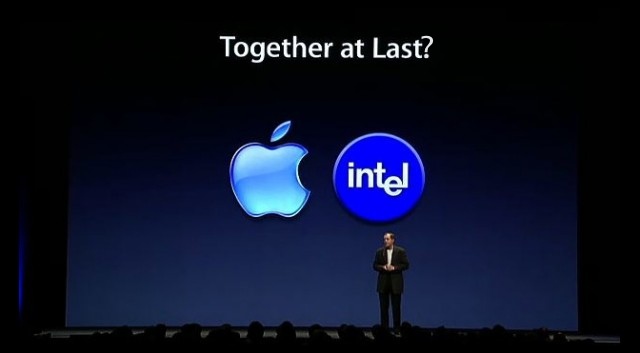
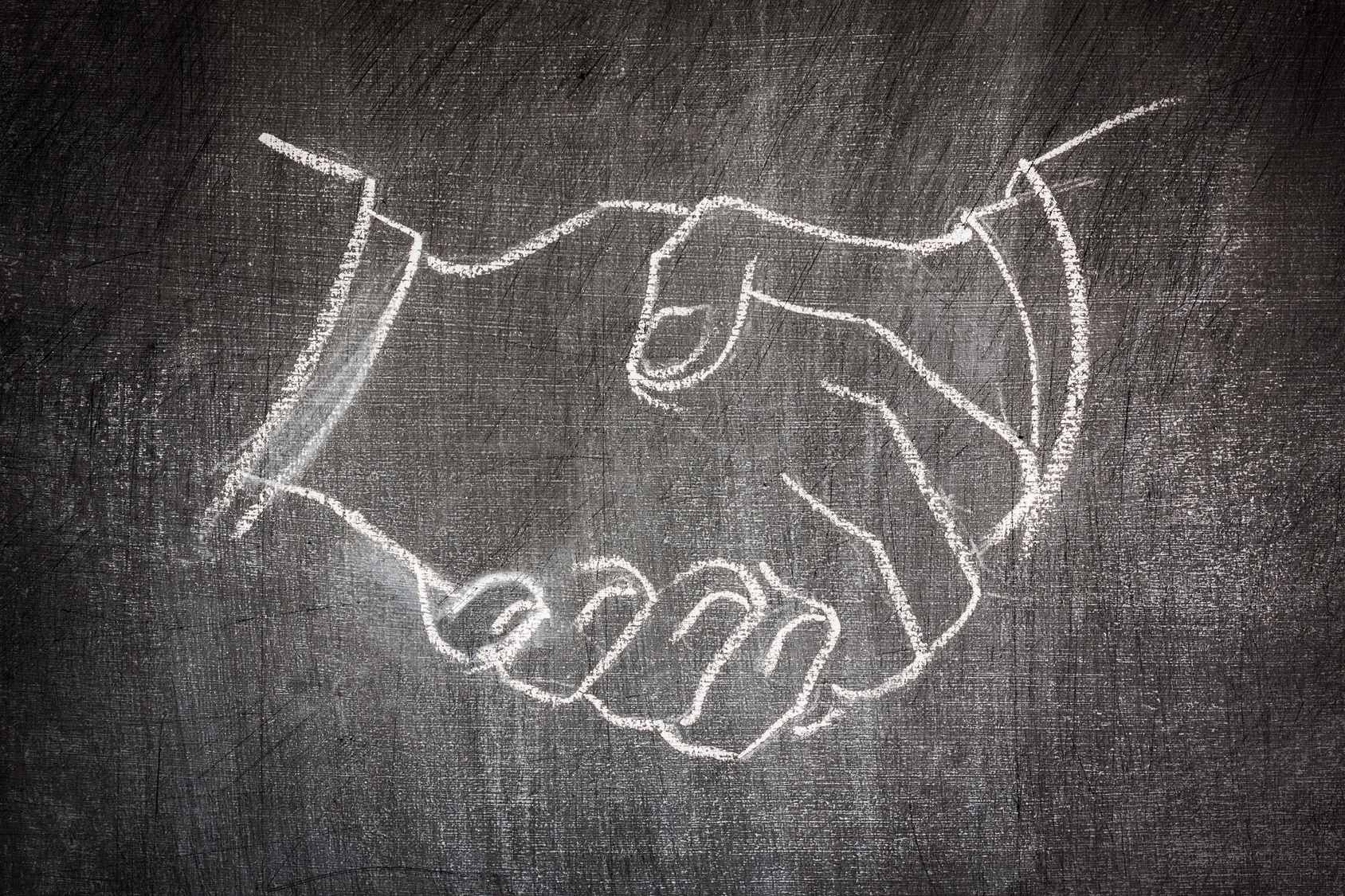

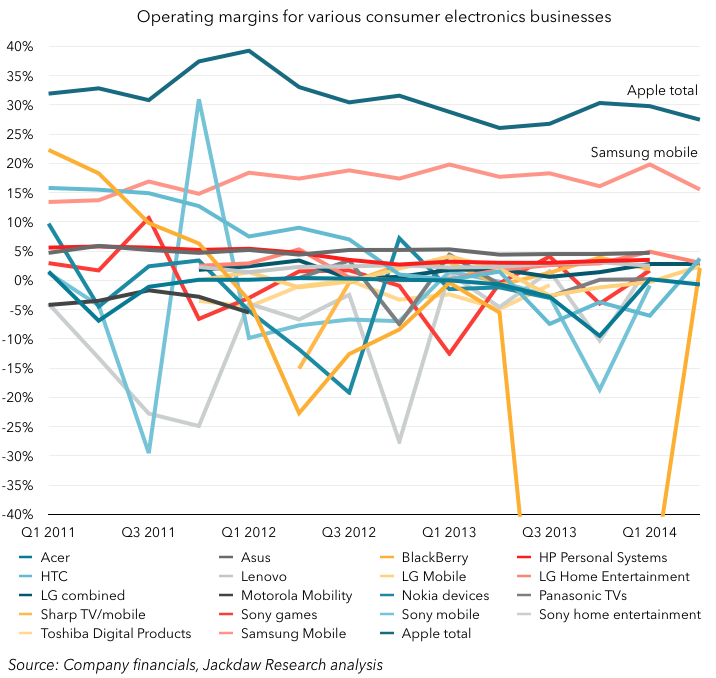
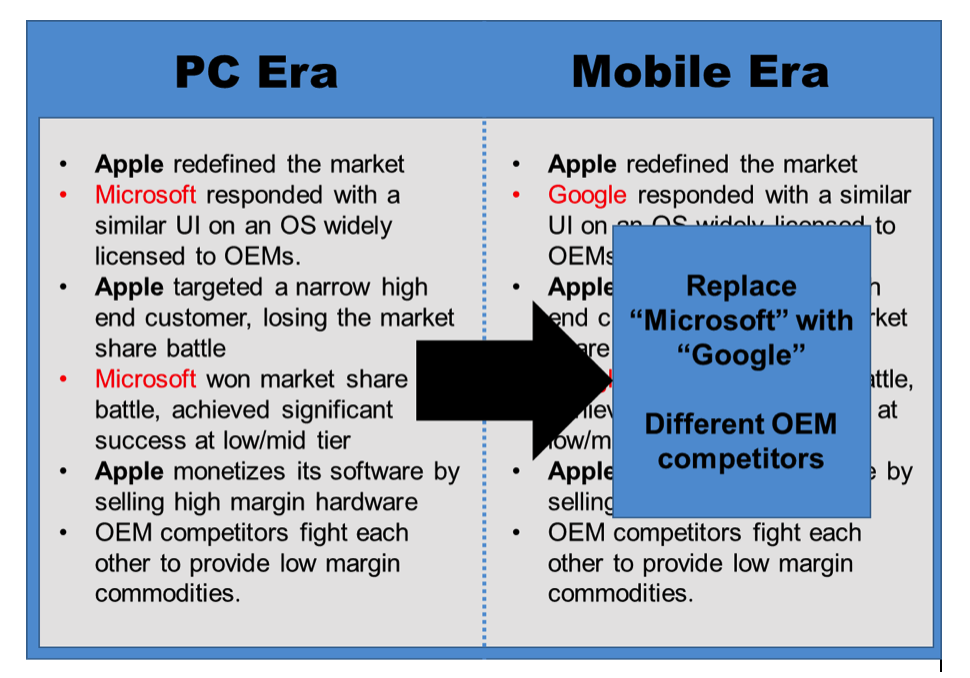
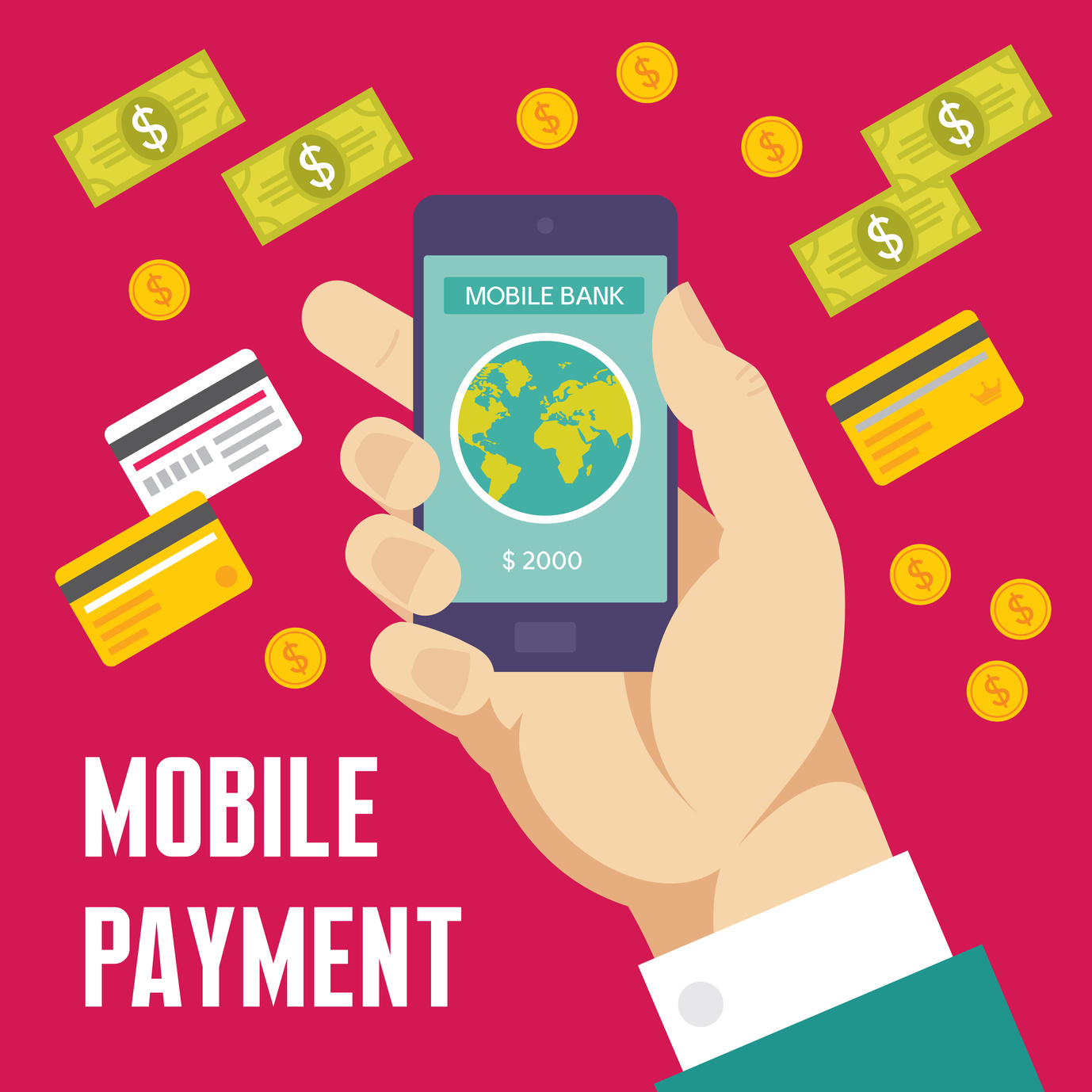
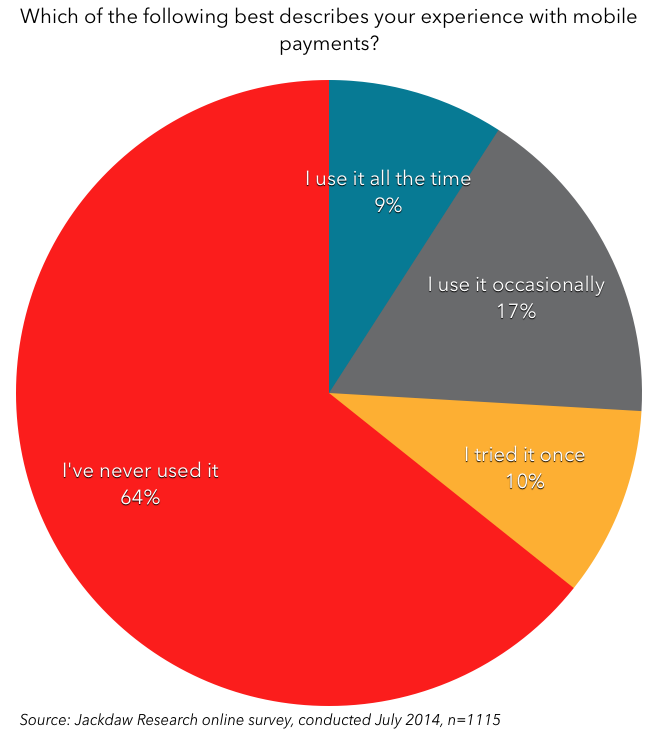
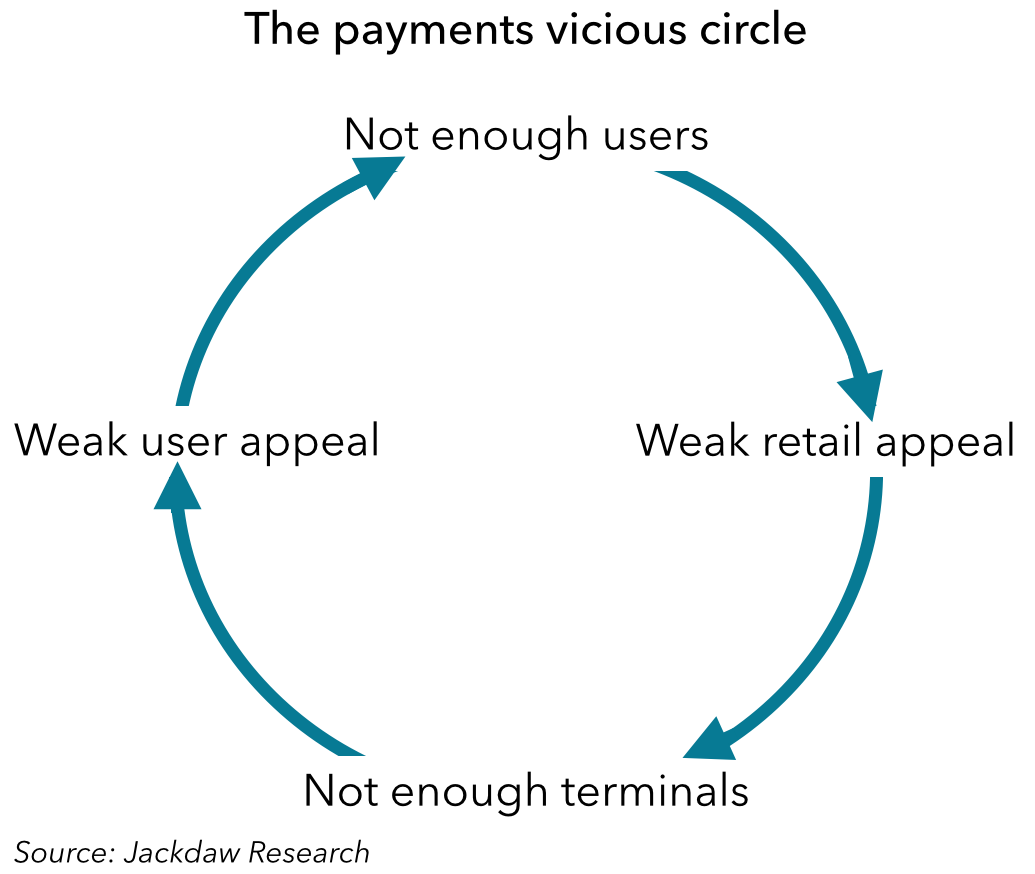
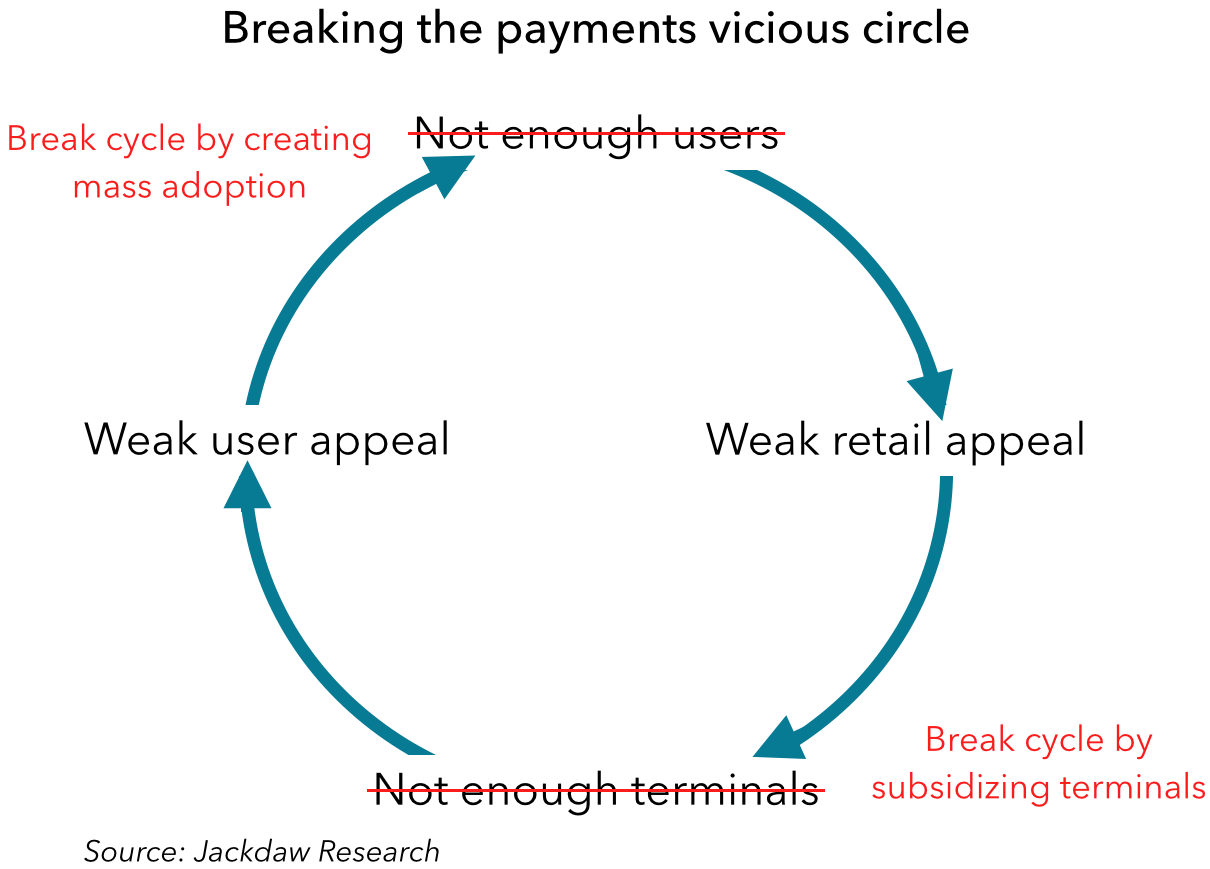
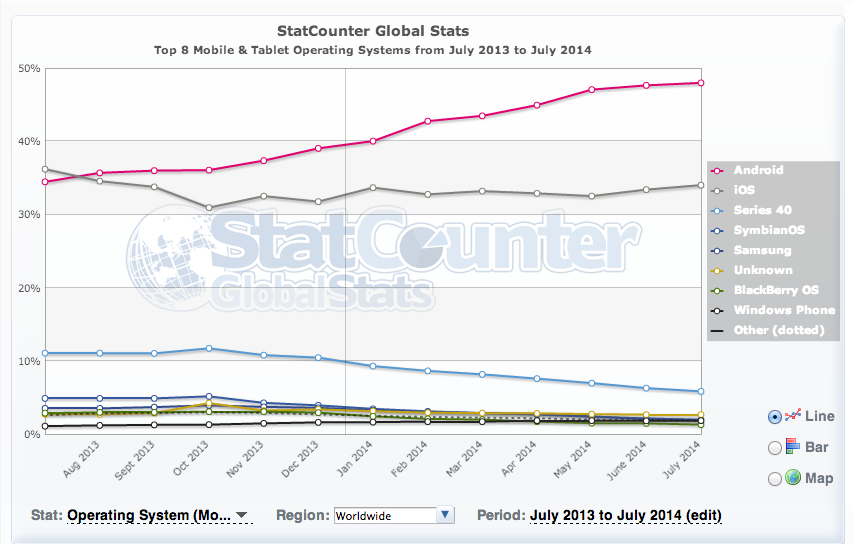


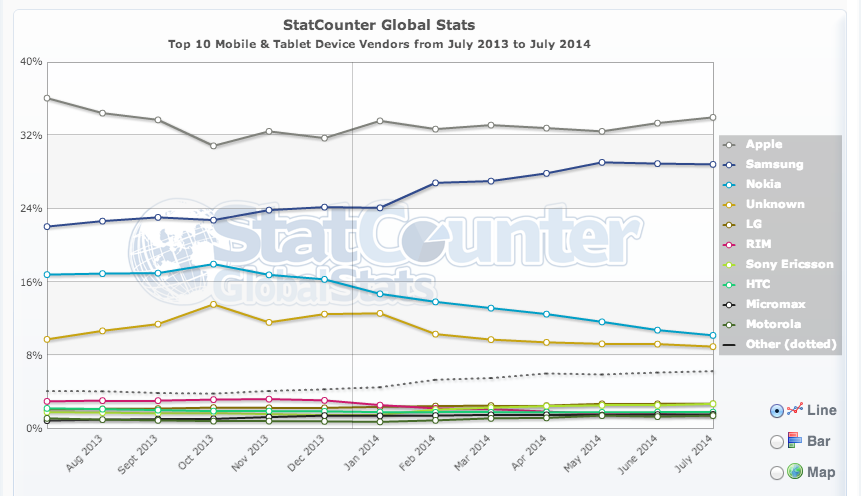
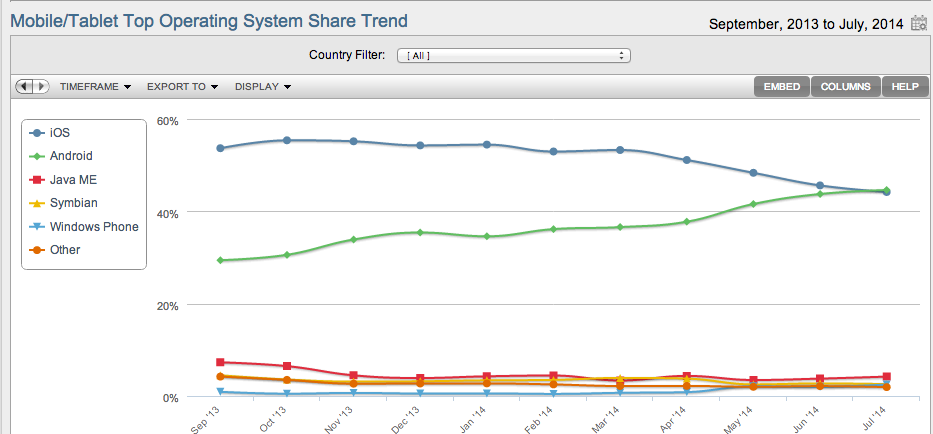
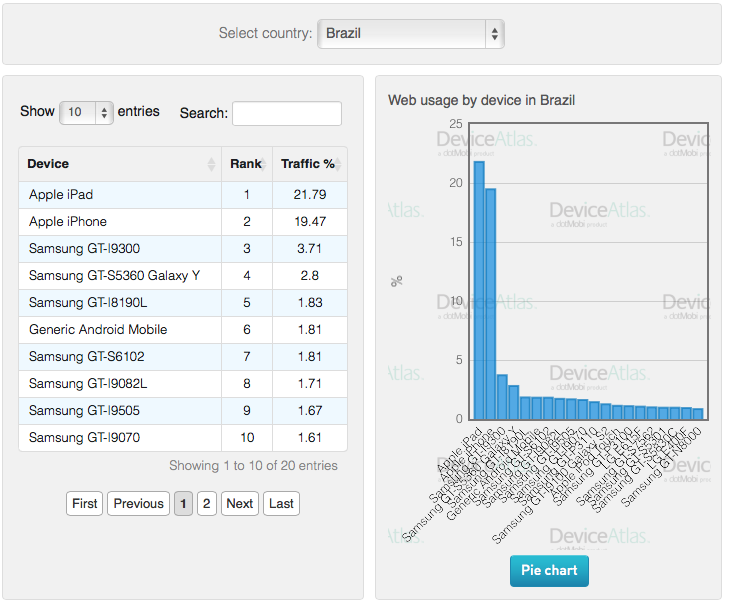
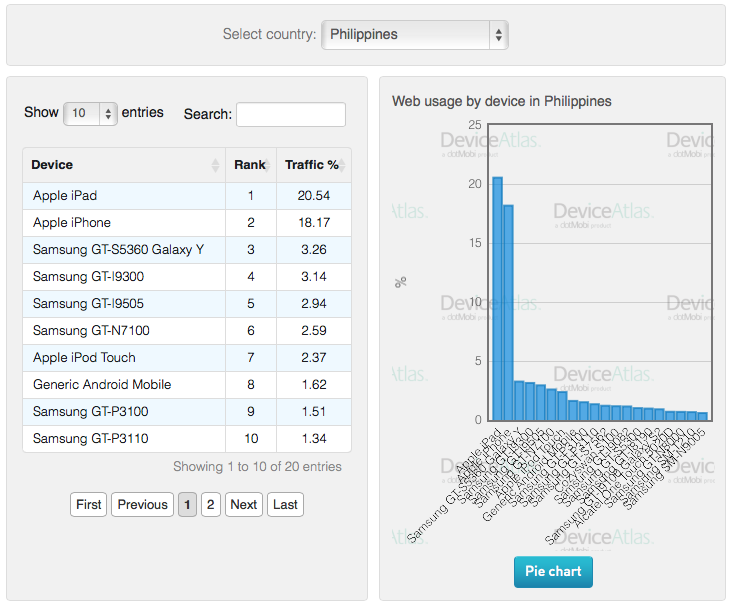
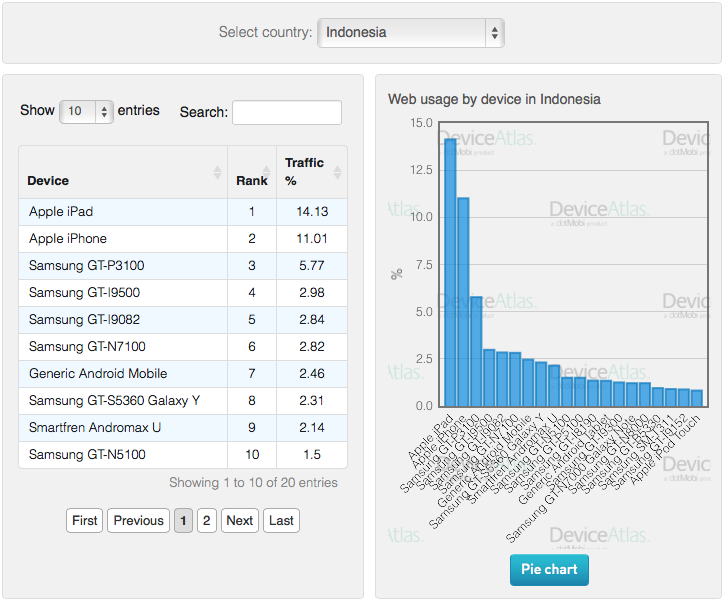


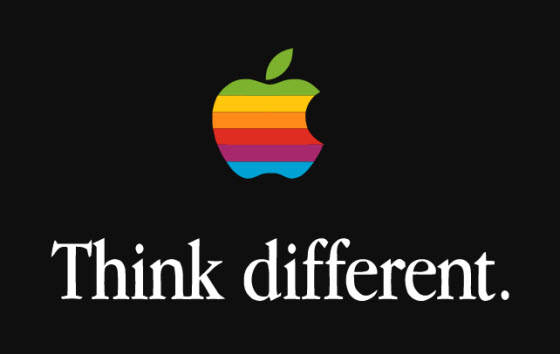

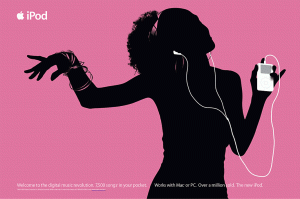





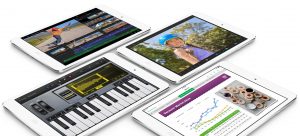


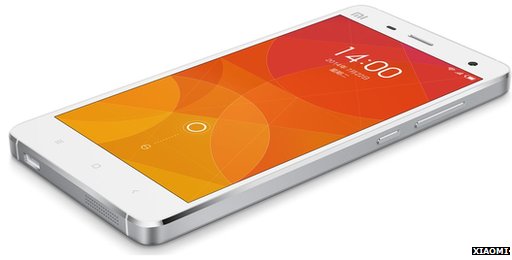

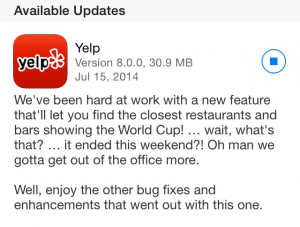
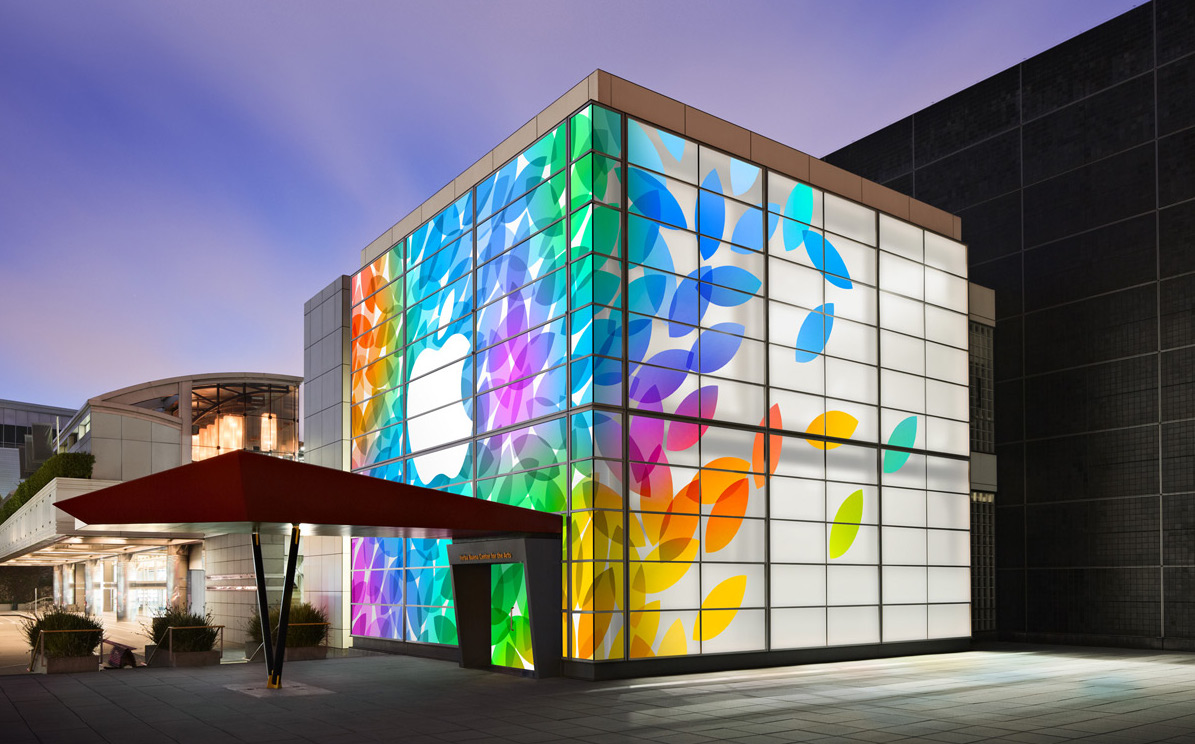
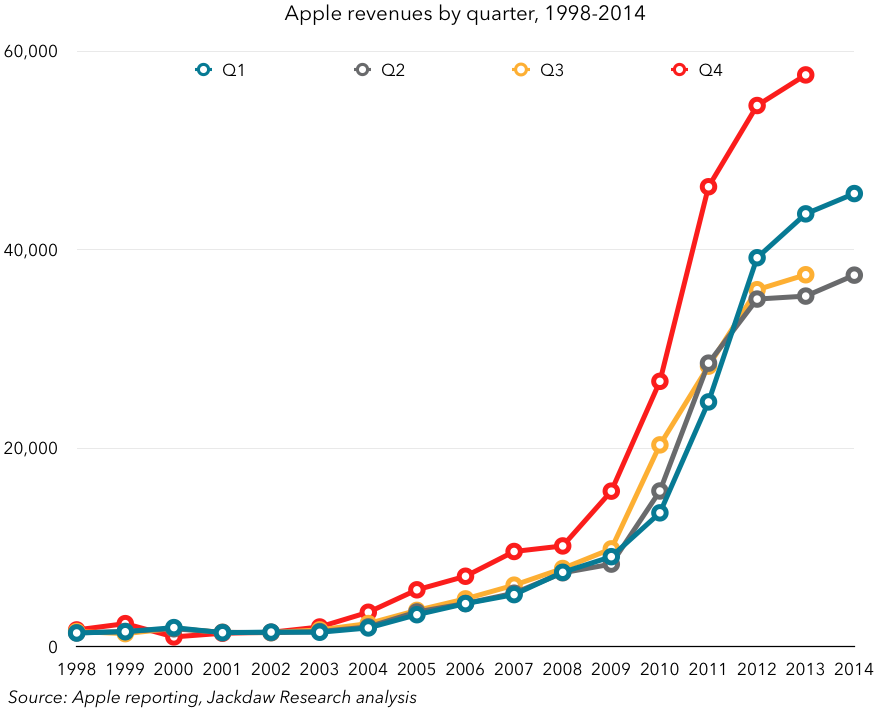
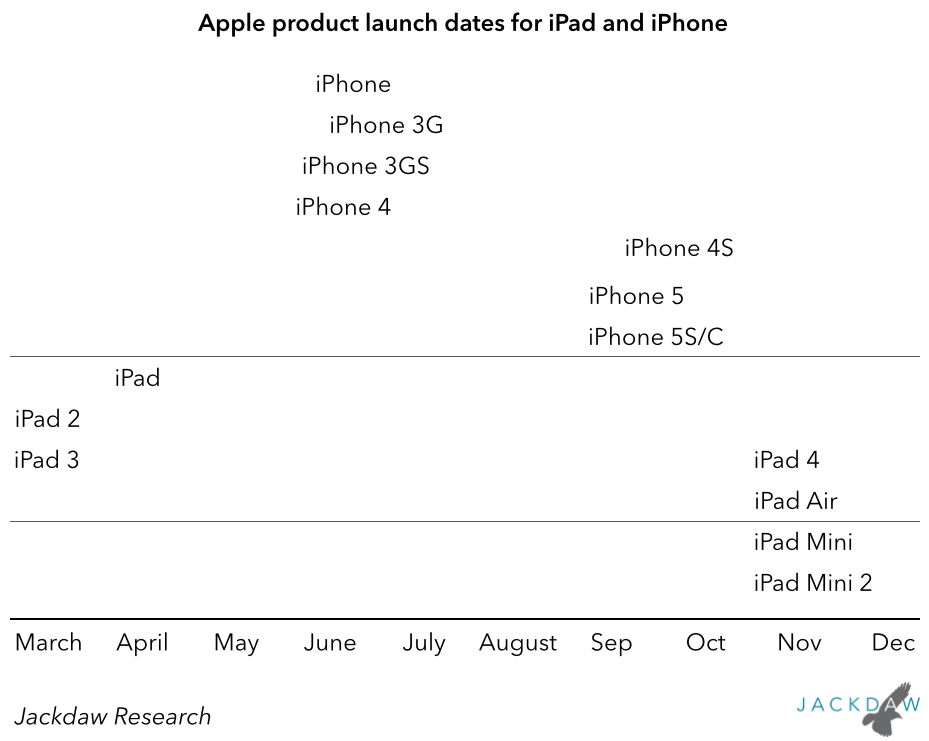

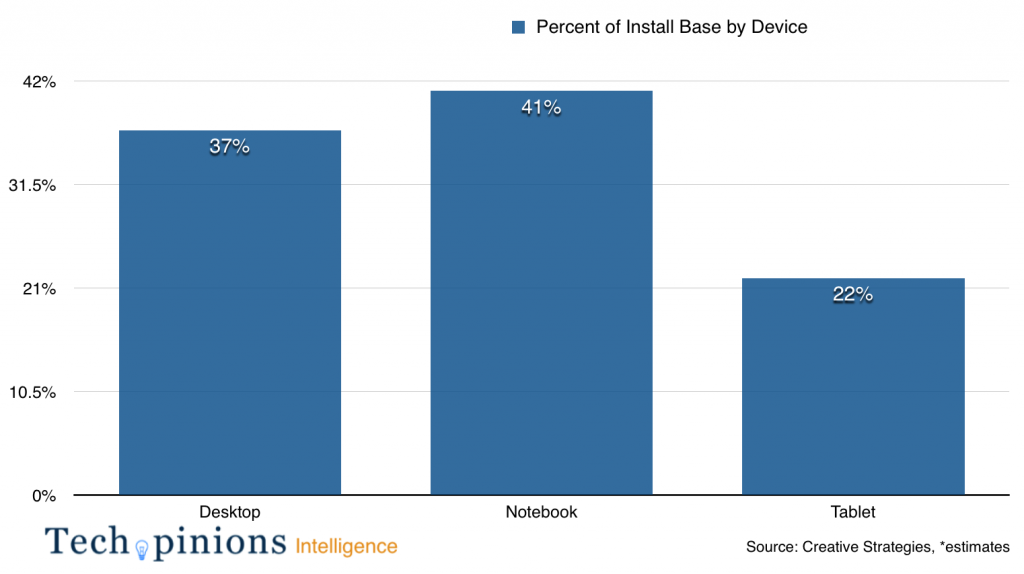
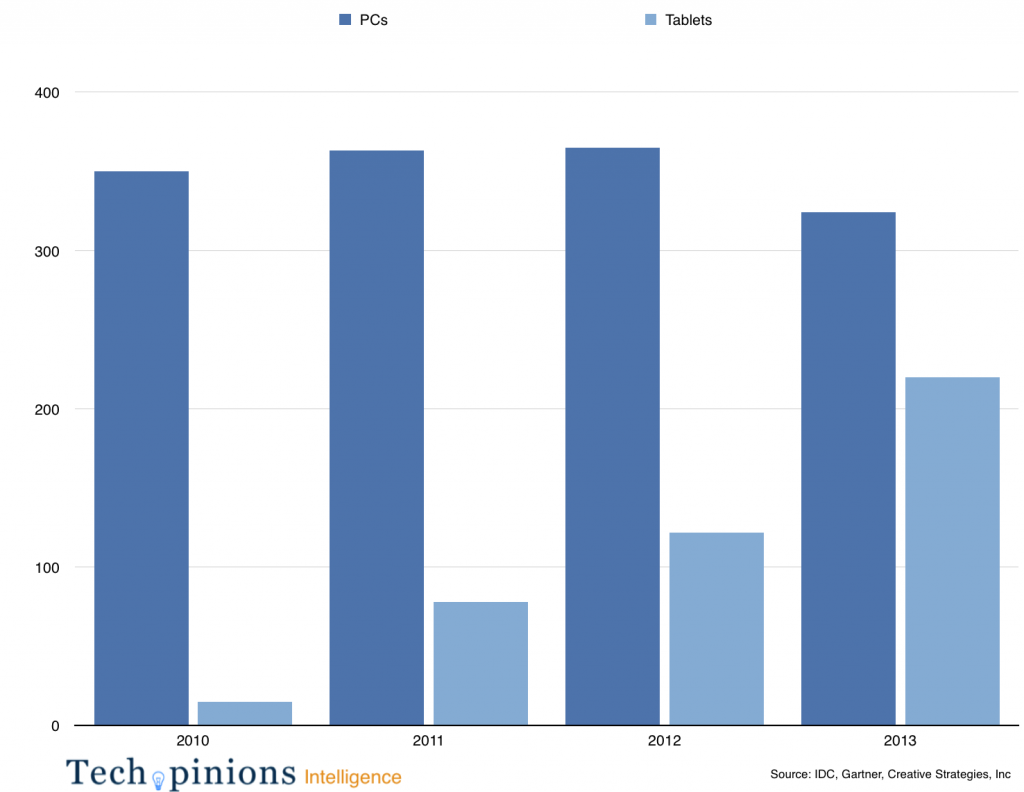
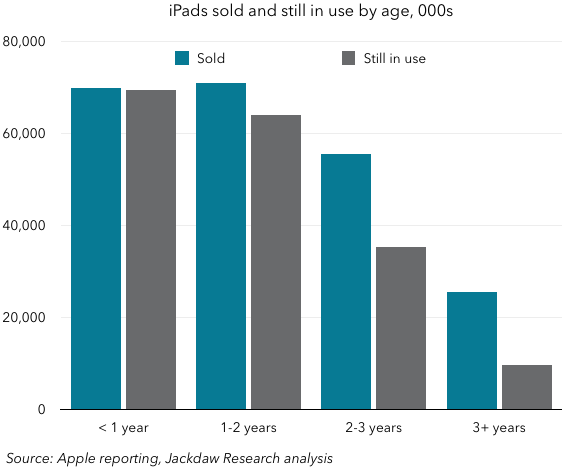
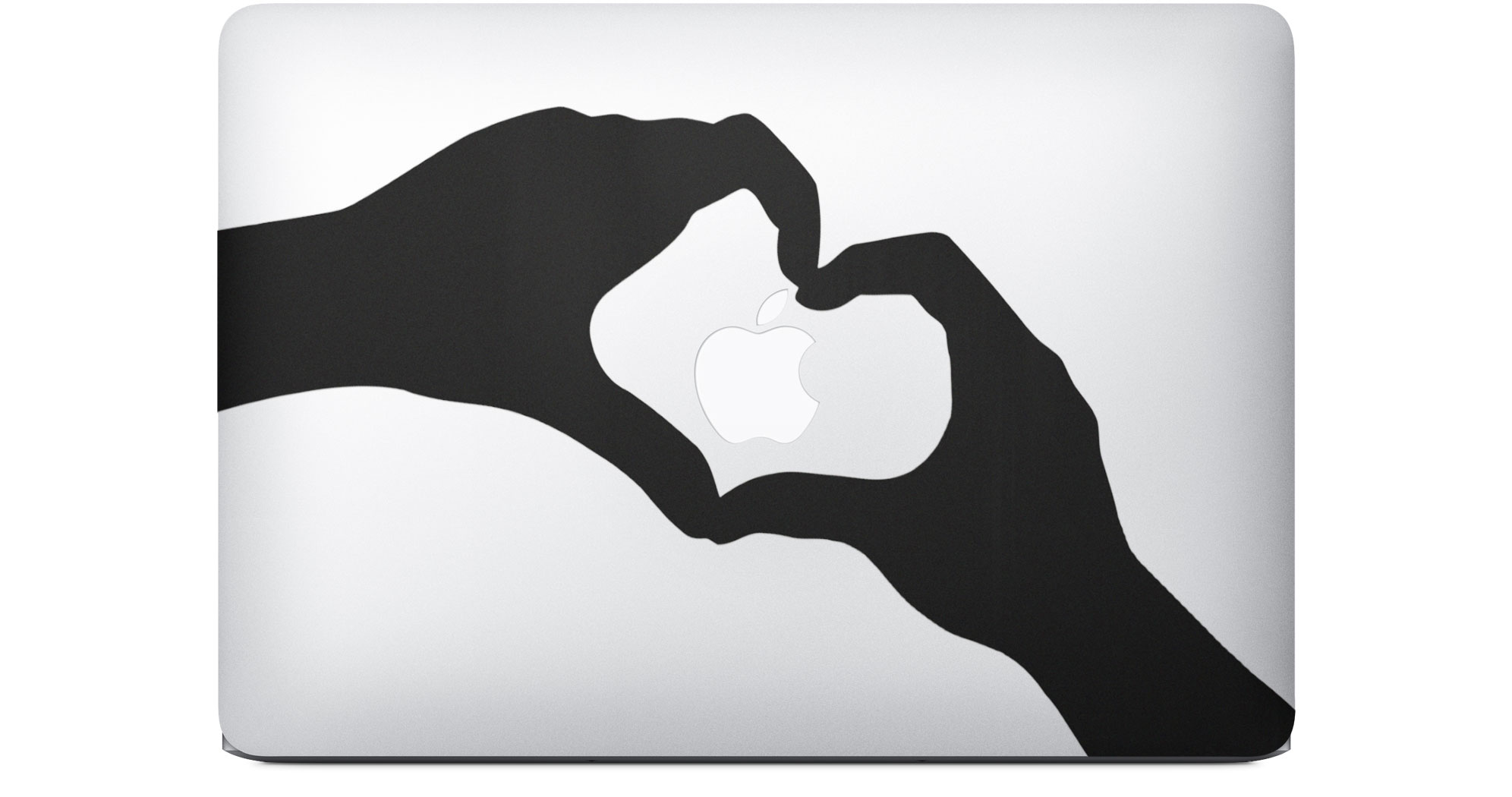
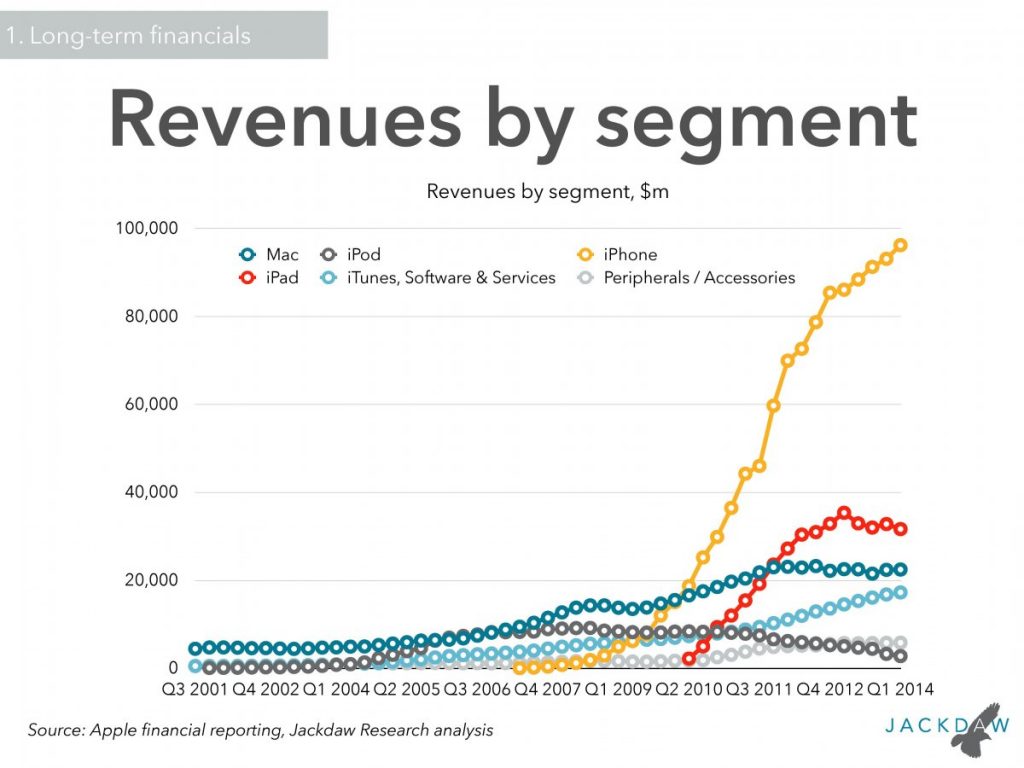
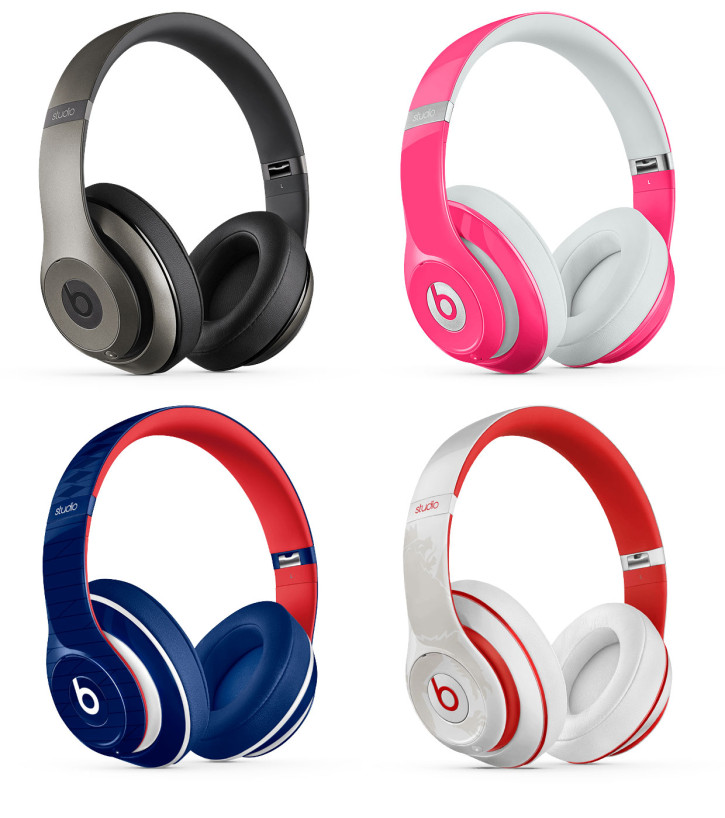



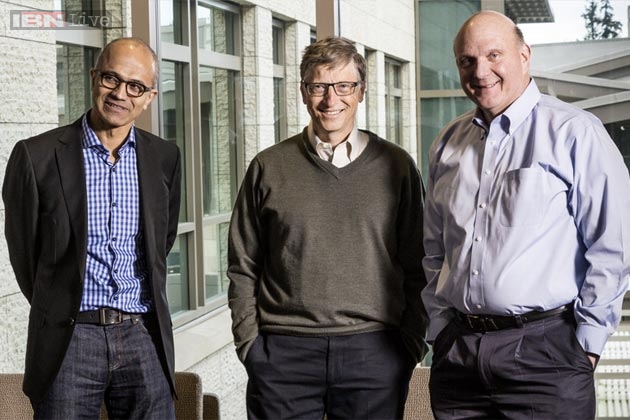










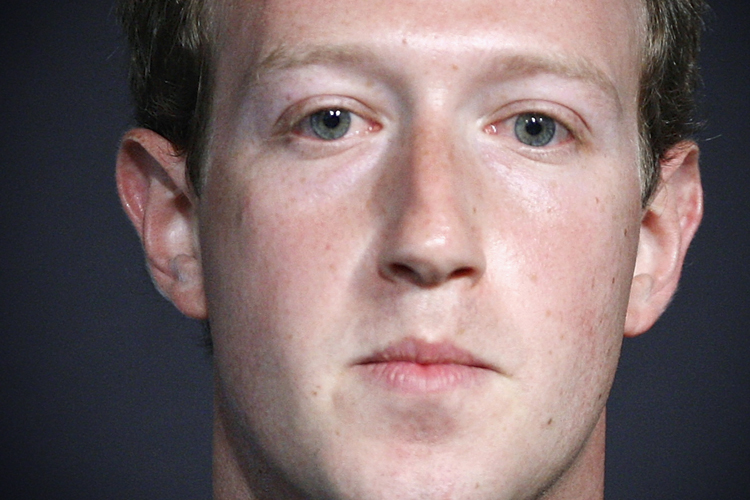


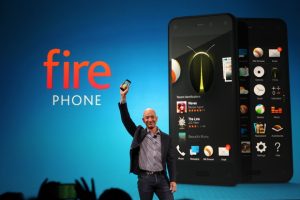
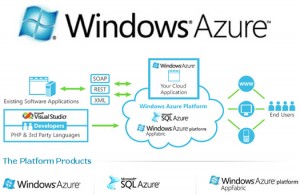
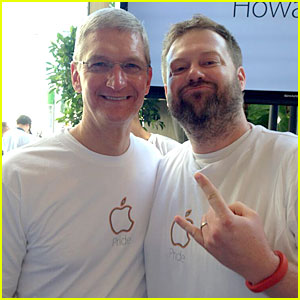
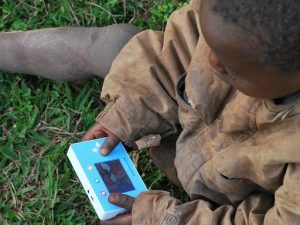
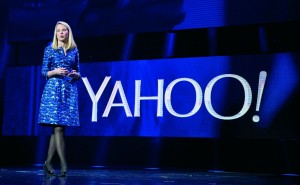


 Tim’s article got me thinking. We’ve been down the “new categories” road before but we always seem to get it wrong. I wondered why. So I took a step back and drew up an ad hoc list of lessons unlearned from the past in the hope that — as we peer into the future of the wearables category — we might avoid falling into the same traps as we have before.
Tim’s article got me thinking. We’ve been down the “new categories” road before but we always seem to get it wrong. I wondered why. So I took a step back and drew up an ad hoc list of lessons unlearned from the past in the hope that — as we peer into the future of the wearables category — we might avoid falling into the same traps as we have before.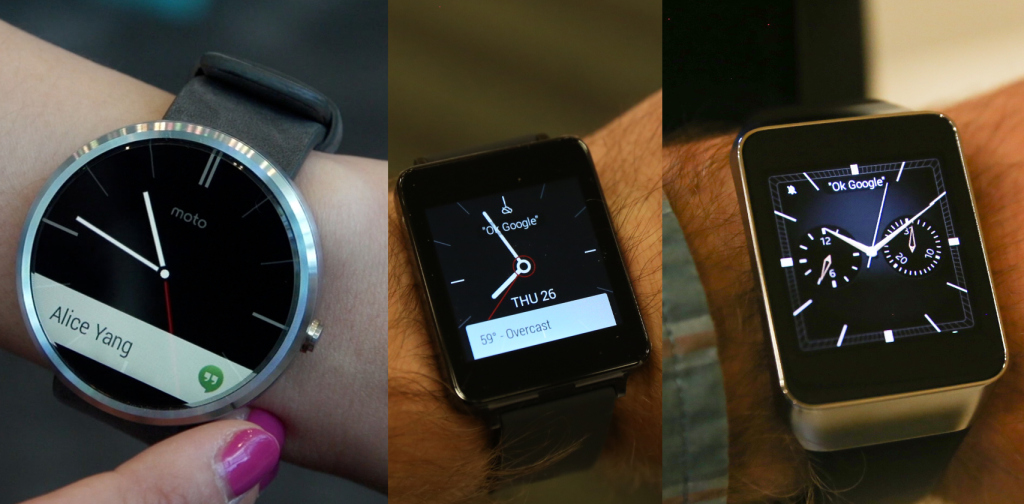
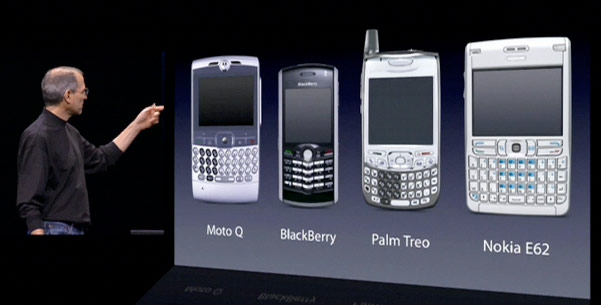

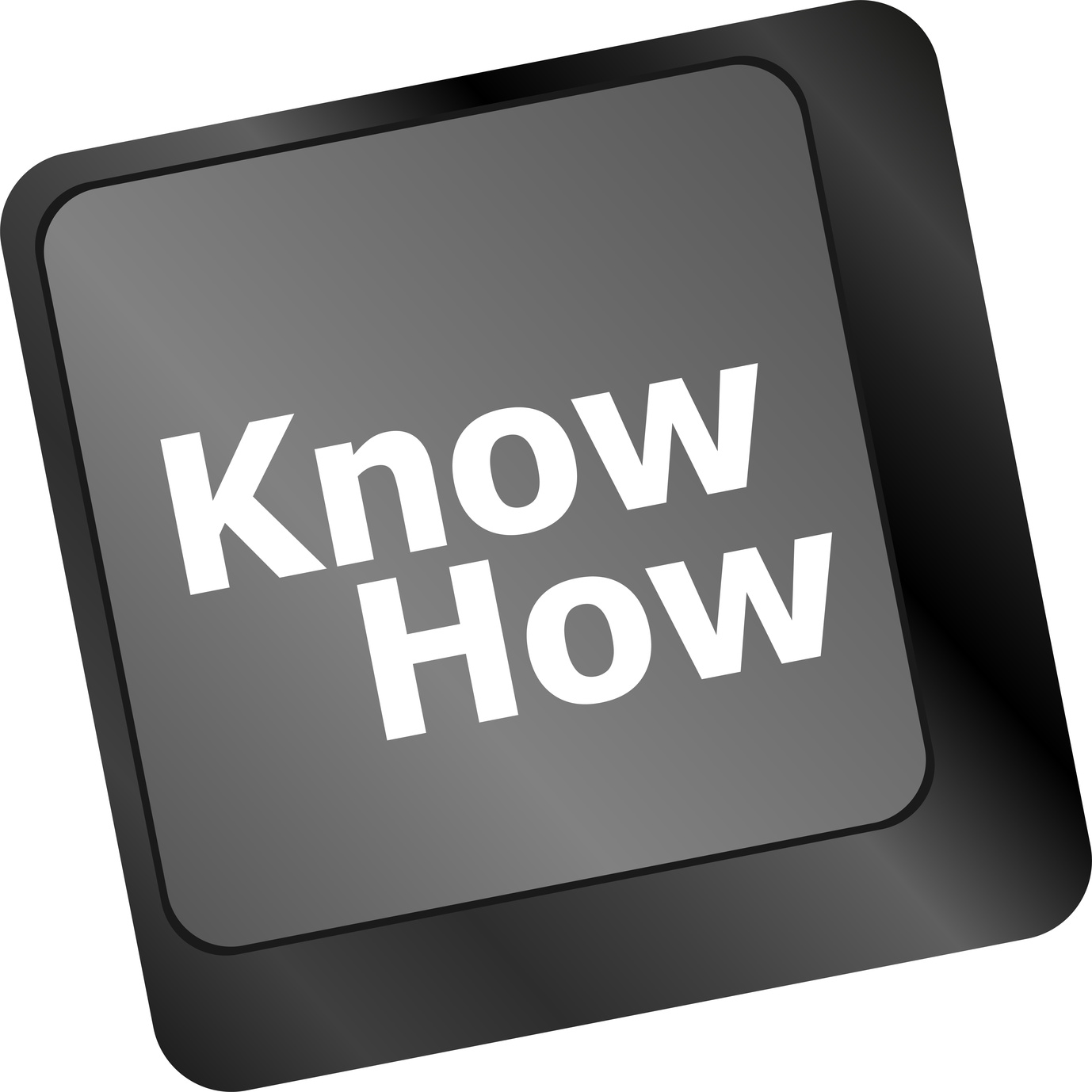
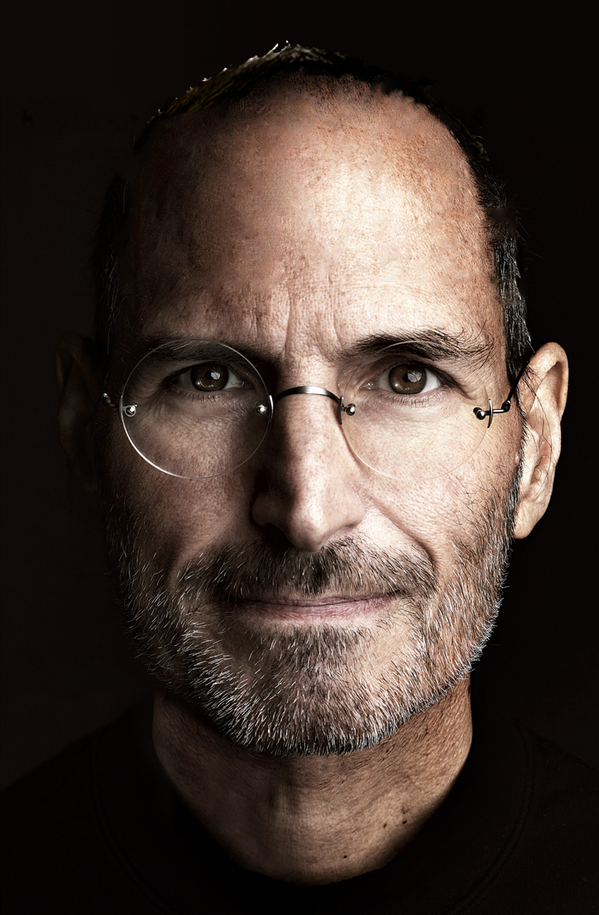
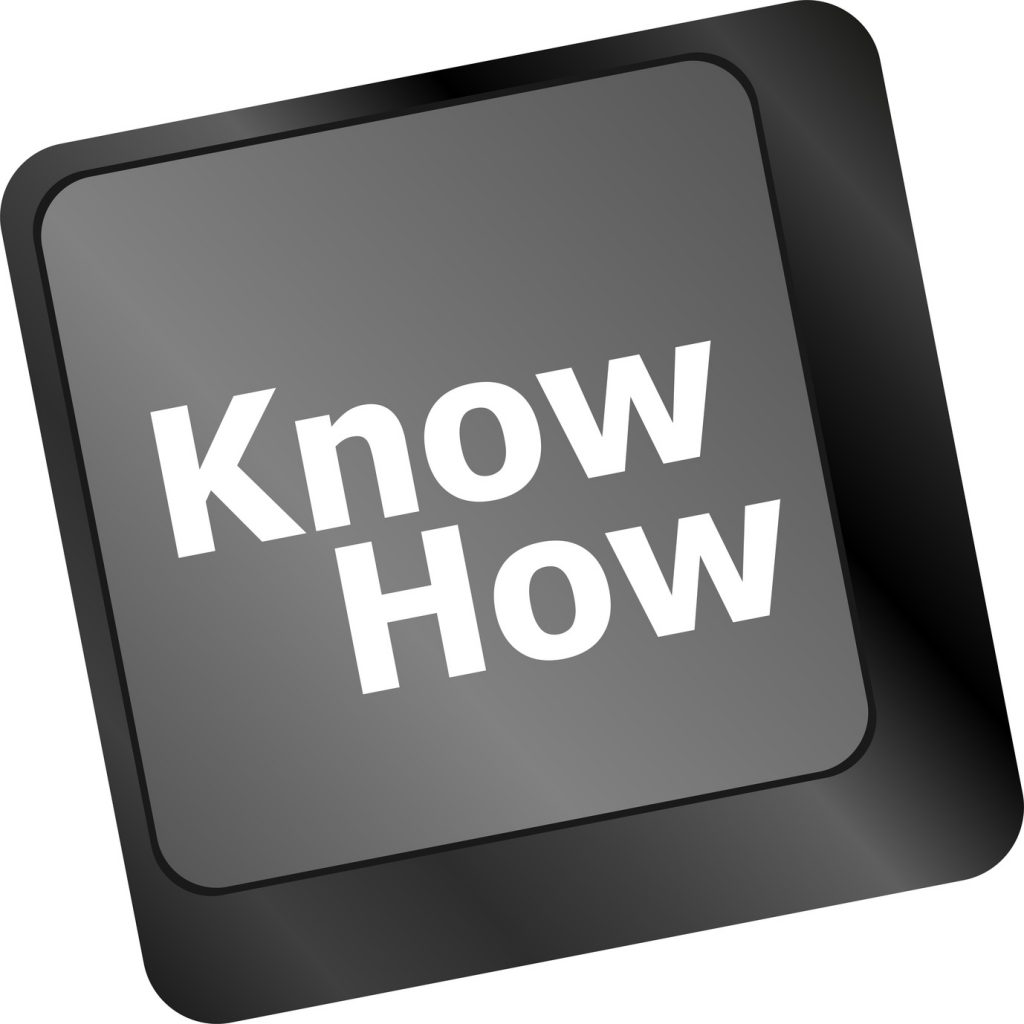
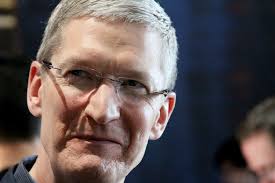 It’s as if Steve Jobs was speaking to us — and particularly to Tim Cook — from beyond the grave. Tim Cook has to be his own man and do his own thing. We know he’s got the know-how to do the job. We’ll have to wait and see if he, and Apple, still retain the know-why.
It’s as if Steve Jobs was speaking to us — and particularly to Tim Cook — from beyond the grave. Tim Cook has to be his own man and do his own thing. We know he’s got the know-how to do the job. We’ll have to wait and see if he, and Apple, still retain the know-why.
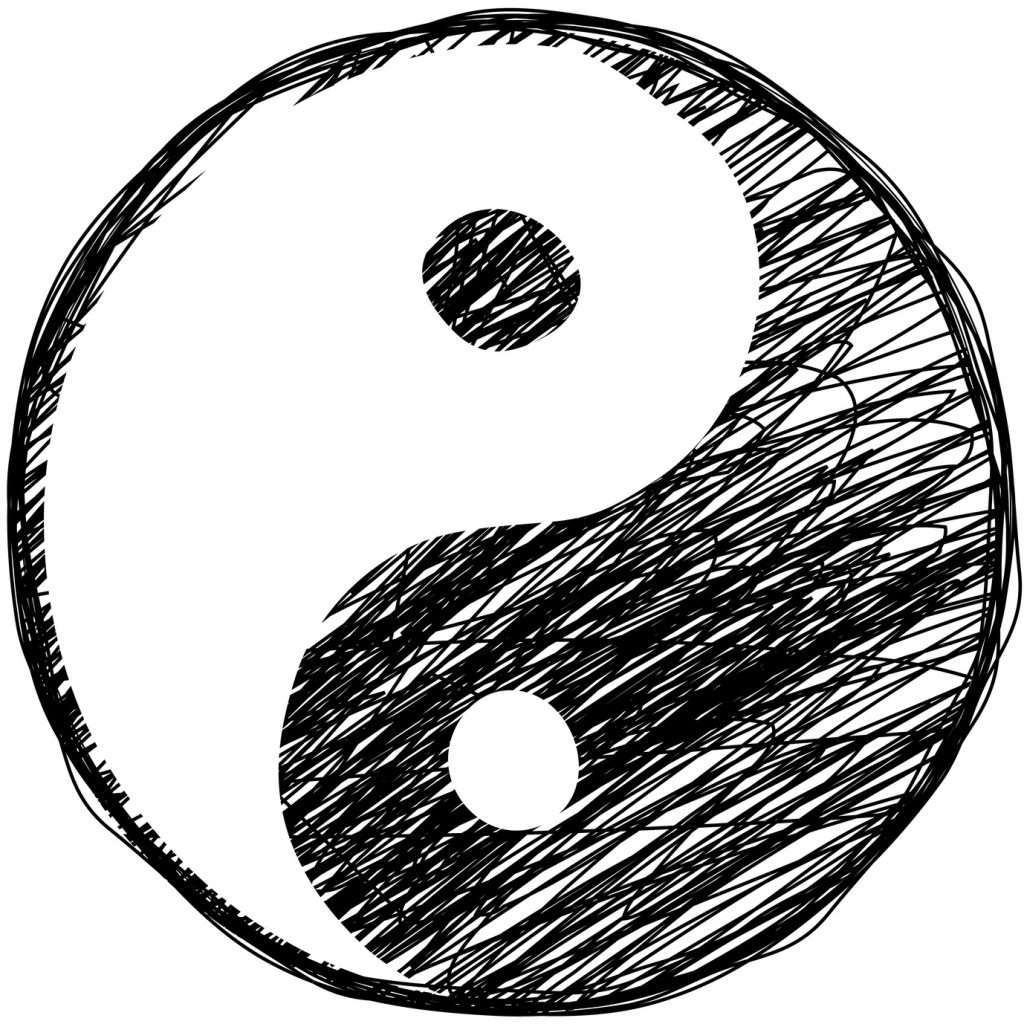
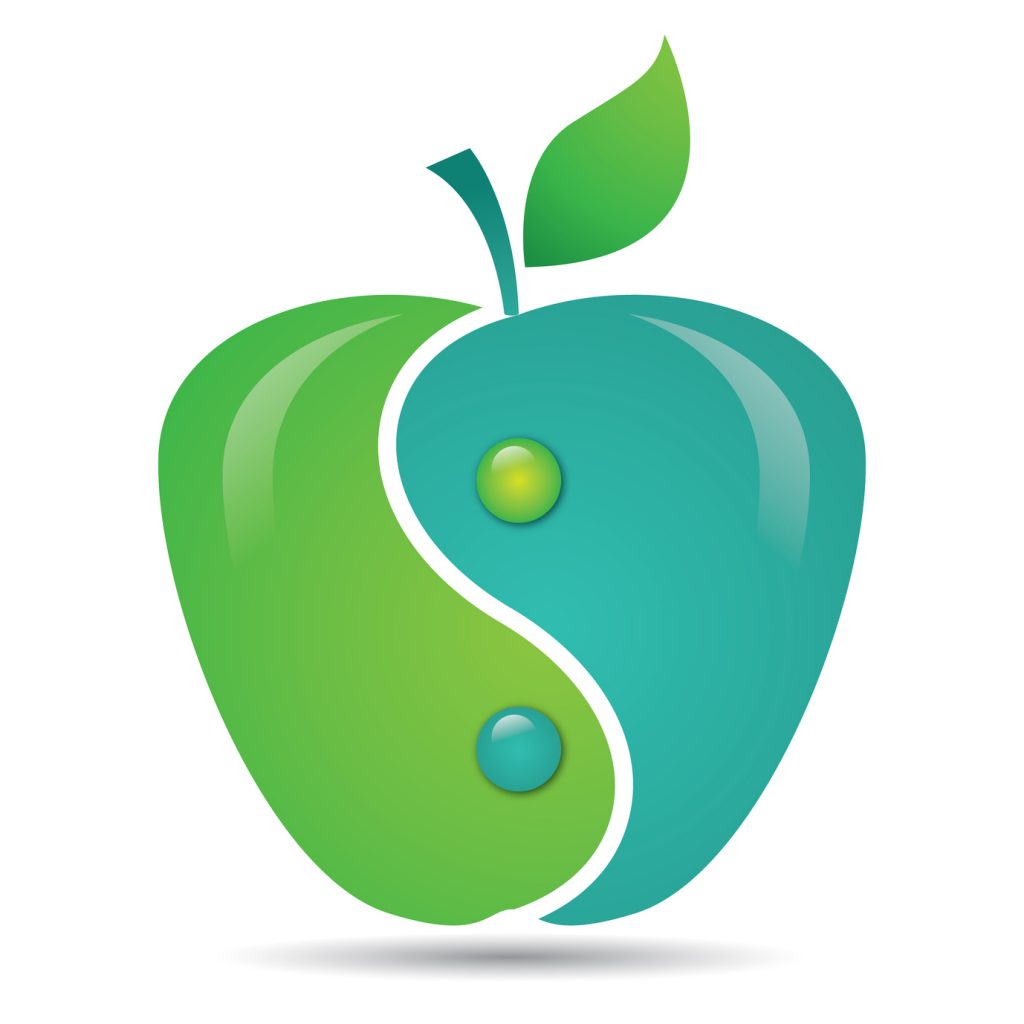



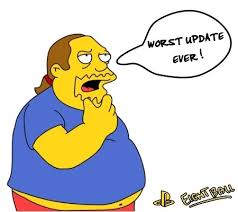
 Typing suggestions
Typing suggestions What is it with our fetish for first? Where did we ever get the notion being first was all that mattered and — perversely — that nothing that comes after “first” matters at all?
What is it with our fetish for first? Where did we ever get the notion being first was all that mattered and — perversely — that nothing that comes after “first” matters at all?
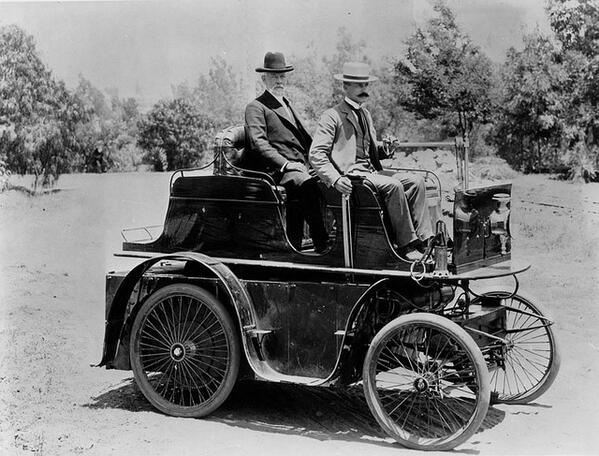

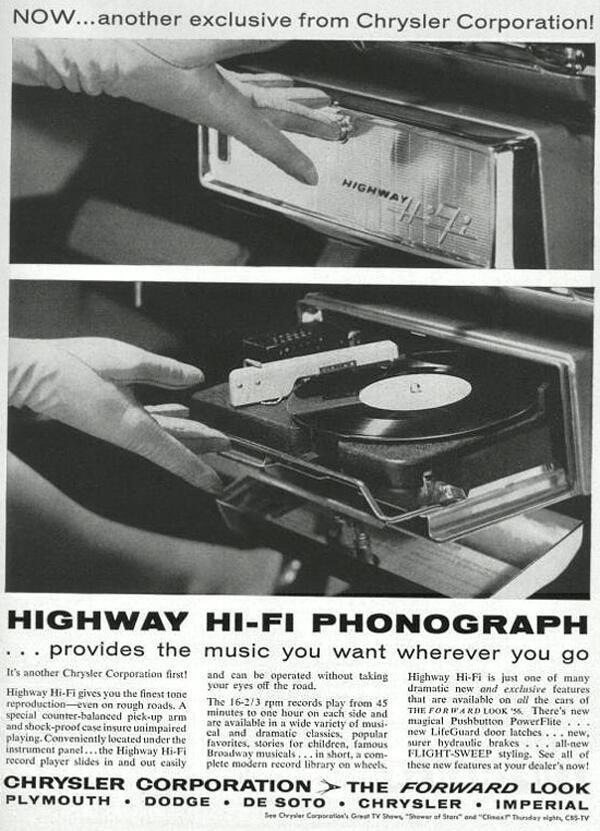




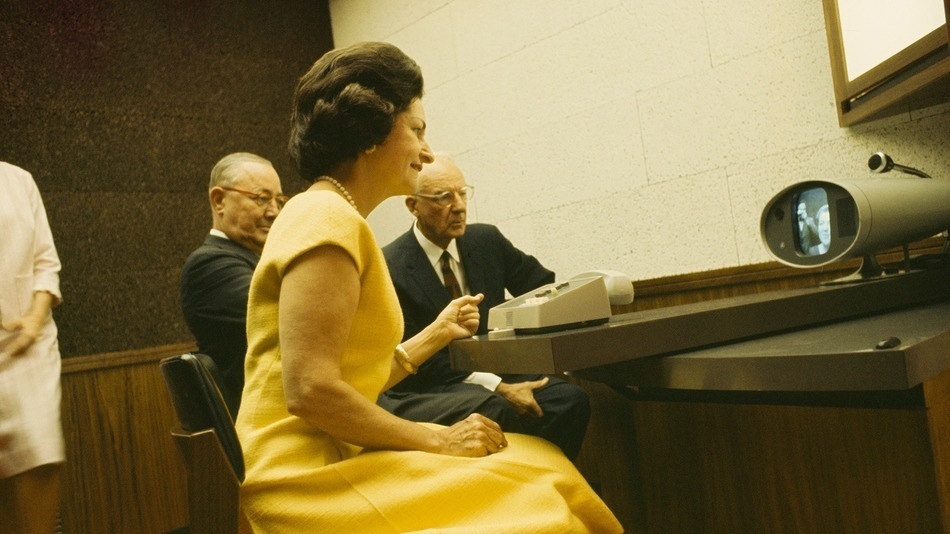


 And it’s not only geeks like Comic Book Guy who are getting this wrong. A lot of people — people who should know better — are getting this wrong too. Take, for example, a look at this March, 2014 interview with a Steve Ballmer:
And it’s not only geeks like Comic Book Guy who are getting this wrong. A lot of people — people who should know better — are getting this wrong too. Take, for example, a look at this March, 2014 interview with a Steve Ballmer:


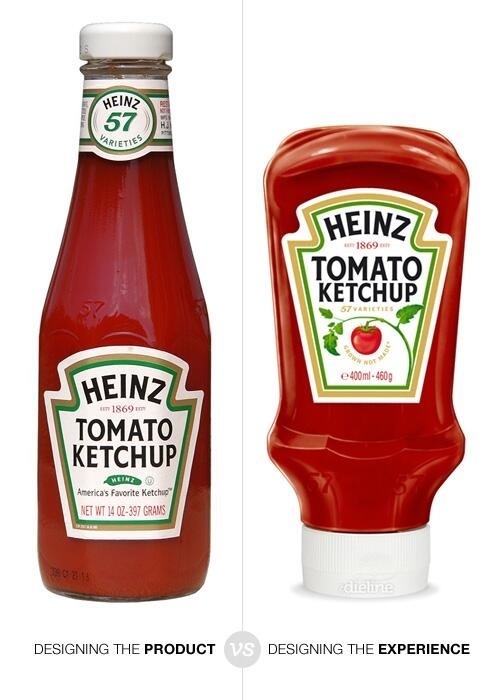


 I can order chicken nuggets from McDonalds or chicken cordon bleu from a five-star restaurant. Both meals are made of chicken but that’s where the similarities end. HOW something is prepared is often as important — and often more important — than WHAT that something is.
I can order chicken nuggets from McDonalds or chicken cordon bleu from a five-star restaurant. Both meals are made of chicken but that’s where the similarities end. HOW something is prepared is often as important — and often more important — than WHAT that something is.